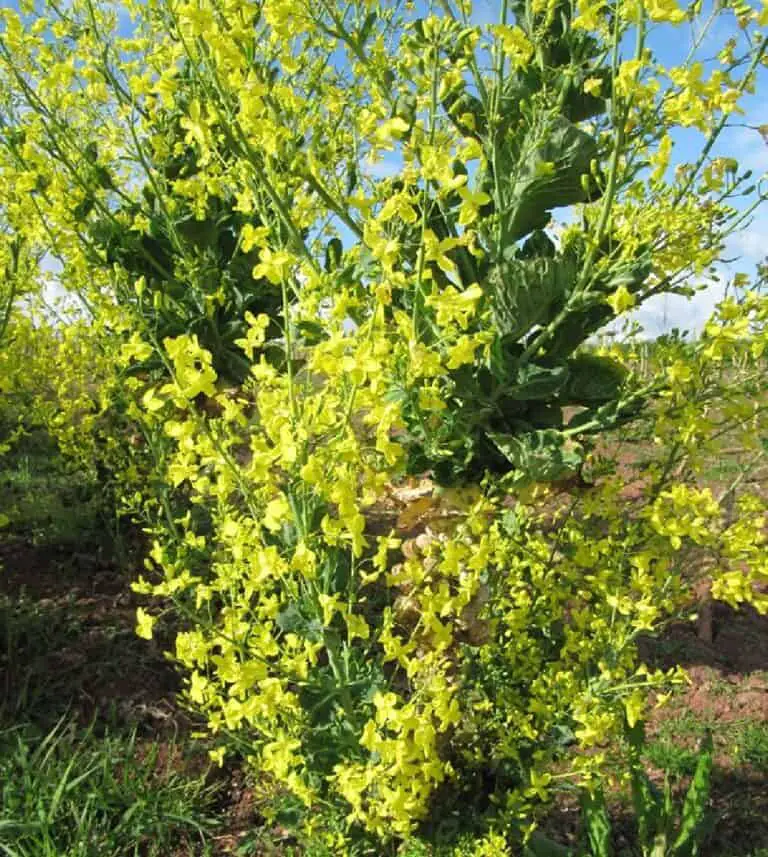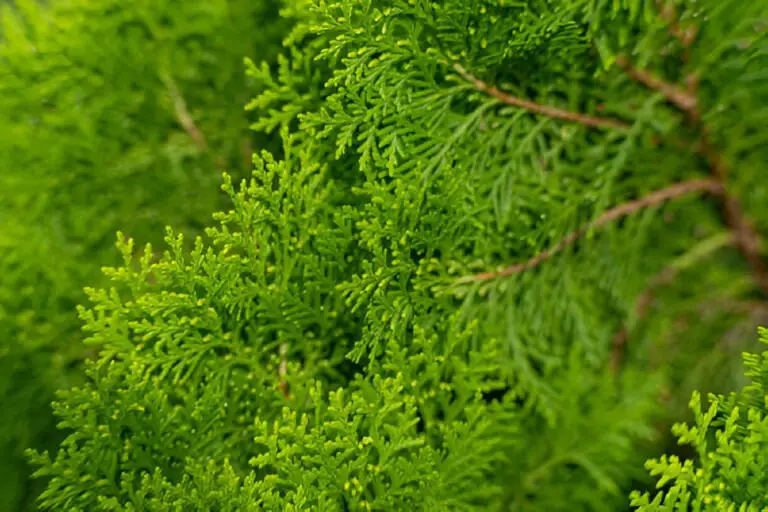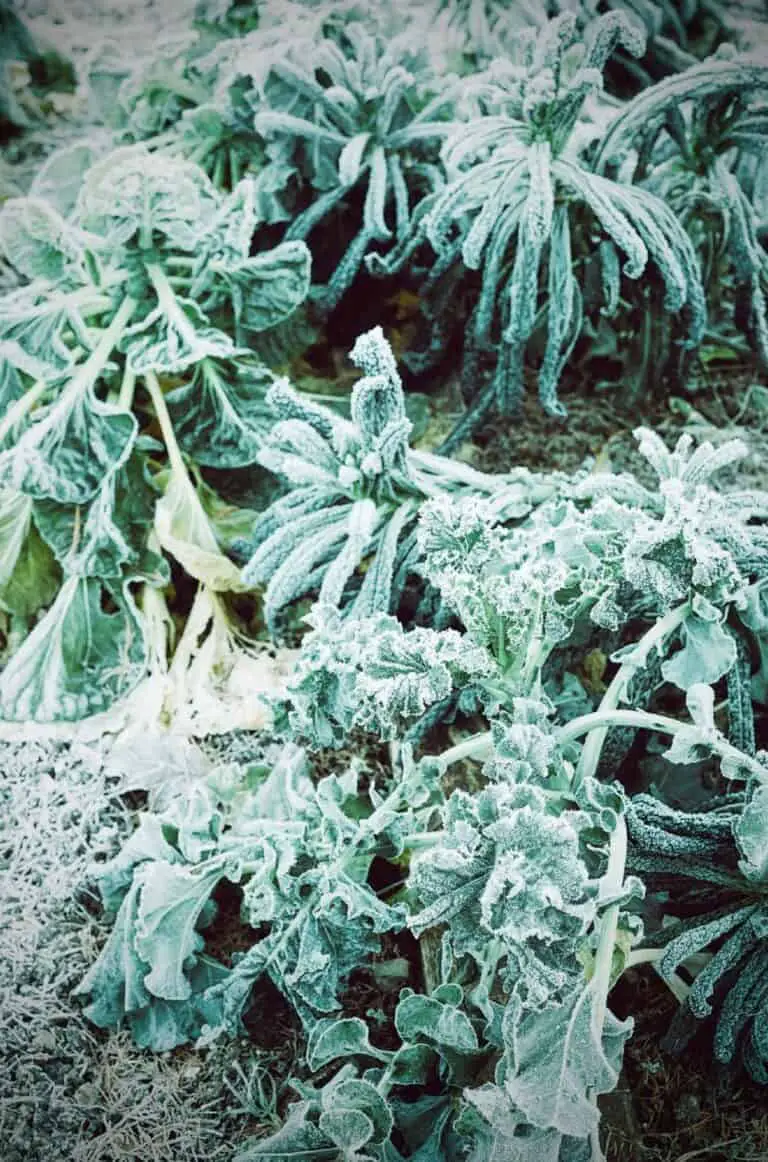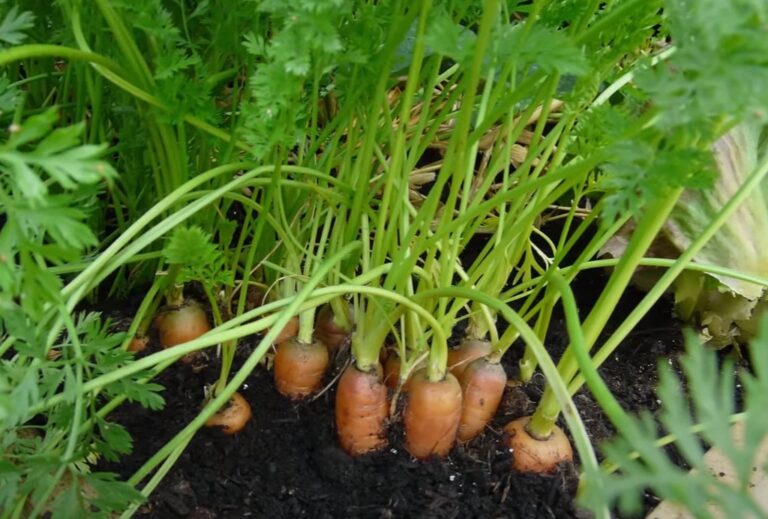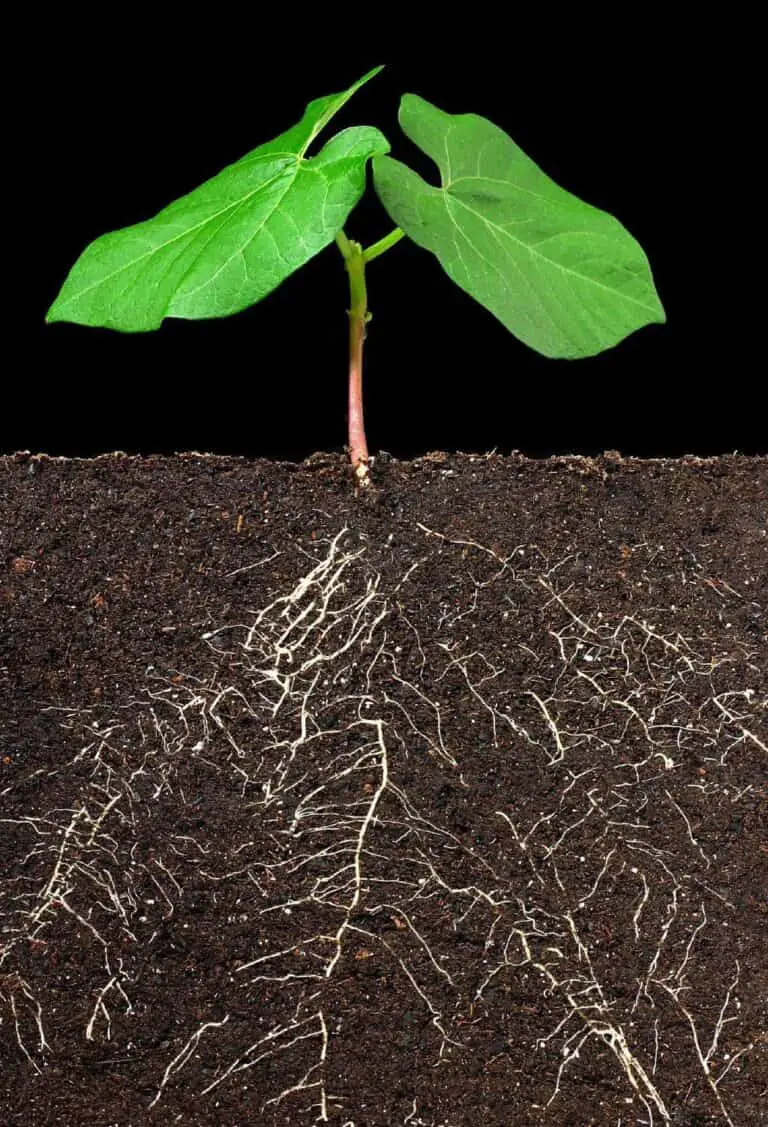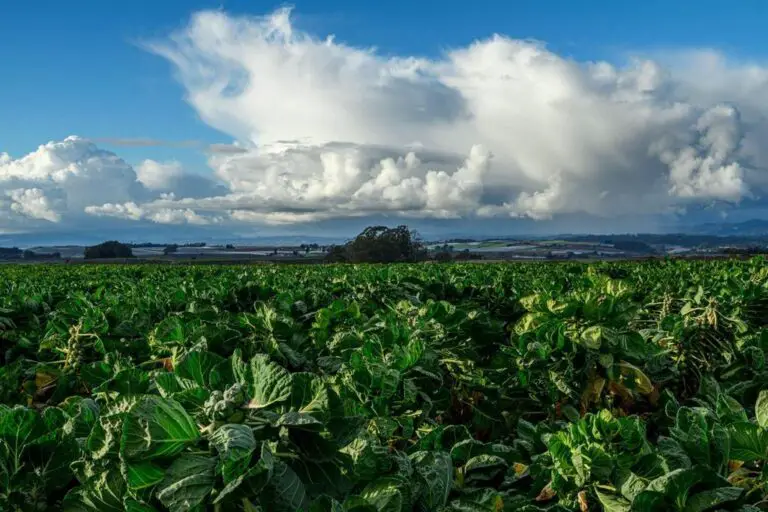Green Bean Growing Tips & Plant Care for Optimal Result

Growing green beans can be a rewarding and enjoyable experience for any gardener. Whether you are an experienced vegetable grower or just starting out, it’s important to know the basics before planting your green beans.
If you follow the planting, care, and harvesting instructions in this article, you should be able to grow your own green beans. In this article, we’ll talk about some important tips for growing green beans that will help your plants do well.
With the right knowledge and some patience, you’ll be able to enjoy your own homegrown green beans in no time!
Are Green Beans Easy To Grow?
Green beans are one of the easiest plants to grow in your garden. To get started with growing green beans, you will need to find an appropriate area in your garden that gets plenty of light and has well-draining soil.
Green beans need plenty of water each week while they are growing and blooming; however, once the pods start forming, it’s important not to overwater them. Make sure that you provide adequate spacing between rows when planting so that the roots don’t compete for nutrients and water as they mature.
Plant seeds directly in the ground every two weeks during the growing season to ensure a plentiful harvest.
Soil Inoculant for Green Beans
Green beans and all legumes are nitrogen-fixing plants. This means they take nitrogen out of the air and fix it in the soil.
This is actually done by bacteria that the bean plants have a symbiotic relationship with. The bean plants play host to the bacteria that take up residence in the plant’s root systems, forming nodules in the roots and the bacteria produce nitrogen the plant needs to grow.
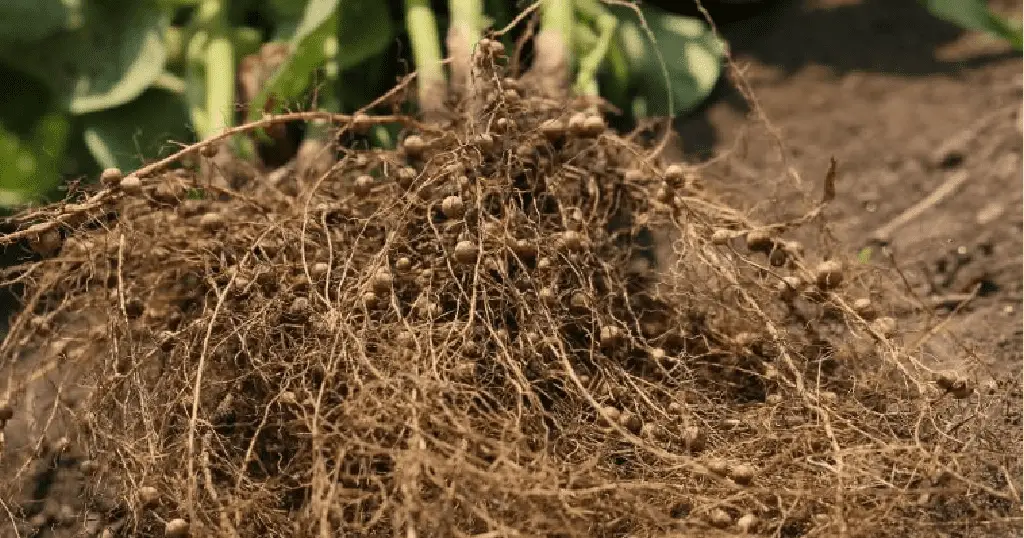
The bean plants are not very selective of their guests and will sometimes take up bacteria strains that produce little or no nitrogen.
This soil inoculant will fill the surrounding soil with the right bacterial strains to ensure that the bacteria taken up by the bean plants are beneficial nitrogen producing bacteria. This is a good way to organically improve soil health.
Best Soil & Soil PH for Green Beans
Green beans can do well in a wide range of soil types and PH ranges. They grow best in loamy soil that has a PH of between 6.0 and 7.0.
Loamy soil is a mixture of three particles: sand, silt, and clay. The combination of these different particles creates the perfect soil.
The size difference in the particles allows for air, water, and roots to travel freely through them, and the different properties of the particles allow for good moisture retention but also good drainage.
The best way to make sandy or heavy clay soil more loamy is not to add one or the other but to add organic material, such as compost. Adding organic material is one of the best tips for growing green beans. It gives the soil a better texture and adds nutrients and beneficial soil bacteria.
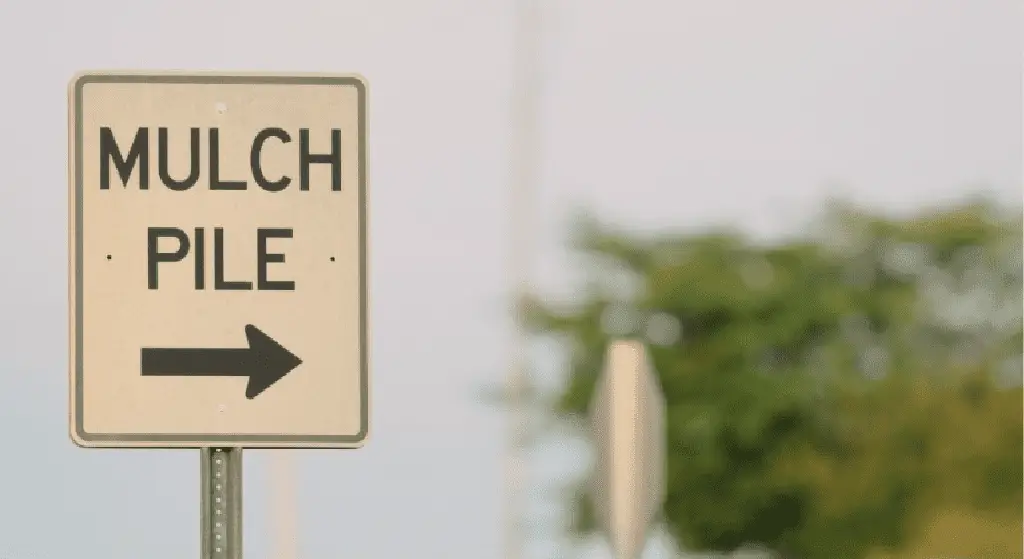
To gain access to huge amounts of compost, call your local city governments. Cities collect grass clippings and leaves and pile them into huge mulch piles that are generally open to the public.
To prepare the soil for green beans, use a shovel or spade and work the soil about 18 inches down. This will break up any compacted areas and allow the bean roots to grow more freely and the soil to drain better.
Beans will do well as long as they’re planted in soil that drains well and the bean plants have plenty of sun.
Fertilizer for Green Beans
Beans are considered light feeders and are nitrogen fixing plants. Use an all-purpose fertilizer as directed before planting and once or twice during the green bean life cycle to get great yields.
Green beans, like most plants, require the most nutrients during the flowering and fruit production stages. So at the beginning of flowering, it is an excellent time to give the plants a final dose of fertilizer.
Fertilizers are labeled with a N-P-K ratio, which is Nitrogen-Phosphorus-Potassium. These are the three main nutrients plants need followed by calcium, magnesium, sulfur, etc.
You can buy a home test kit that will tell you your soil’s nutrient levels for 13 nutrients as well as the soil PH.
Jack’s Classic is a standard all purpose 20-20-20 water soluble fertilizer. You can use half the amount the directions call for and make it a 10-10-10 fertilizer if you want to give a smaller dose.
A good organic fertilizer is Organic Plant Magic. It measures 6-5-5 +Ca. It has a wide mix of different organic matters and 10 different beneficial soil bacterial strains.
Do Green Beans Need Full Sun?
Beans like full sun, at least 6 hours of direct sunlight per day. At the beginning of the growing season, check which areas of your garden have full sun, partial shade, or full shade throughout the day.
If you’re gardening in a tight space, there are ways to add light to the garden. An aluminum foil cover can be placed over a piece of cardboard. Use the panel as a reflector and place it where it makes the most sense. You can use mirrors, and I’m sure there are lots of other tricks I don’t know to add light to the garden.
Although beans like full sunlight, they do not do well at consistently high temperatures above 85 degrees. Putting mulch on the soil and regular watering can help keep the soil temperature down.
Watering Green Beans
Green beans need about an inch of water a week while in the vegetative state, and once they start flowering, they need about 2 inches of water a week. This includes rainfall.
It’s a good idea to water right after a short rainfall so that water penetrates deeper into the ground and will still be available to the plants after the topsoil dries.
Use a rain gauge with a wide mouth to determine how much rain has fallen and how much water your sprinkler puts off within a given time range.
To check if the beans need to be watered, feel down 3–4 inches into the dirt; if it’s moist, let it be, and if it’s dry, water.
Another sign of when to water is the wilting of the leaves. Wilting during a hot day is normal, and the leaves should perk back up later at night or by the next morning. If you see wilted leaves early in the morning, you probably need to water and should check the soil.
What Temperature Is Too Cold for Green Beans?
When temperatures start to dip below the optimal range for green beans, it can spell trouble for your plants.
So, what temperature is too cold for green beans? Generally speaking, green beans need temperatures ranging from 65-75 degrees Fahrenheit in order to thrive and produce lots of fresh pods. If temperatures drop below this ideal range on a regular basis, you’ll likely find that your green bean harvest suffers. Because of freezing temperatures or ice, the plants may also grow too slowly or even die.
If it’s very cold or frosty, it’s best to protect your plants from the weather by covering them with blankets or plastic sheets, if you can.
Do I Need To Rotate My Green Bean Crop?
A healthy green bean crop is essential to the success of any garden. Rotating crops is one of the most important things to do if you want to grow a lot of green beans.
If you plant green beans in the same spot year after year, you might have problems with the soil’s fertility and with pests. But if you move your crop around, you won’t have those problems. Doing so is simple, yet many gardeners fail to rotate their beans properly.
Rotating your green beans involves choosing different spots in your garden plot each season for planting them. This keeps pests and diseases from gathering in the same place, which can lead to low yields or even crop failure over time if they aren’t kept in check. It also lets you add more fertilizer to the soil between plantings, making sure that your beans have access to all the nutrients they need for the best growth and yield.

